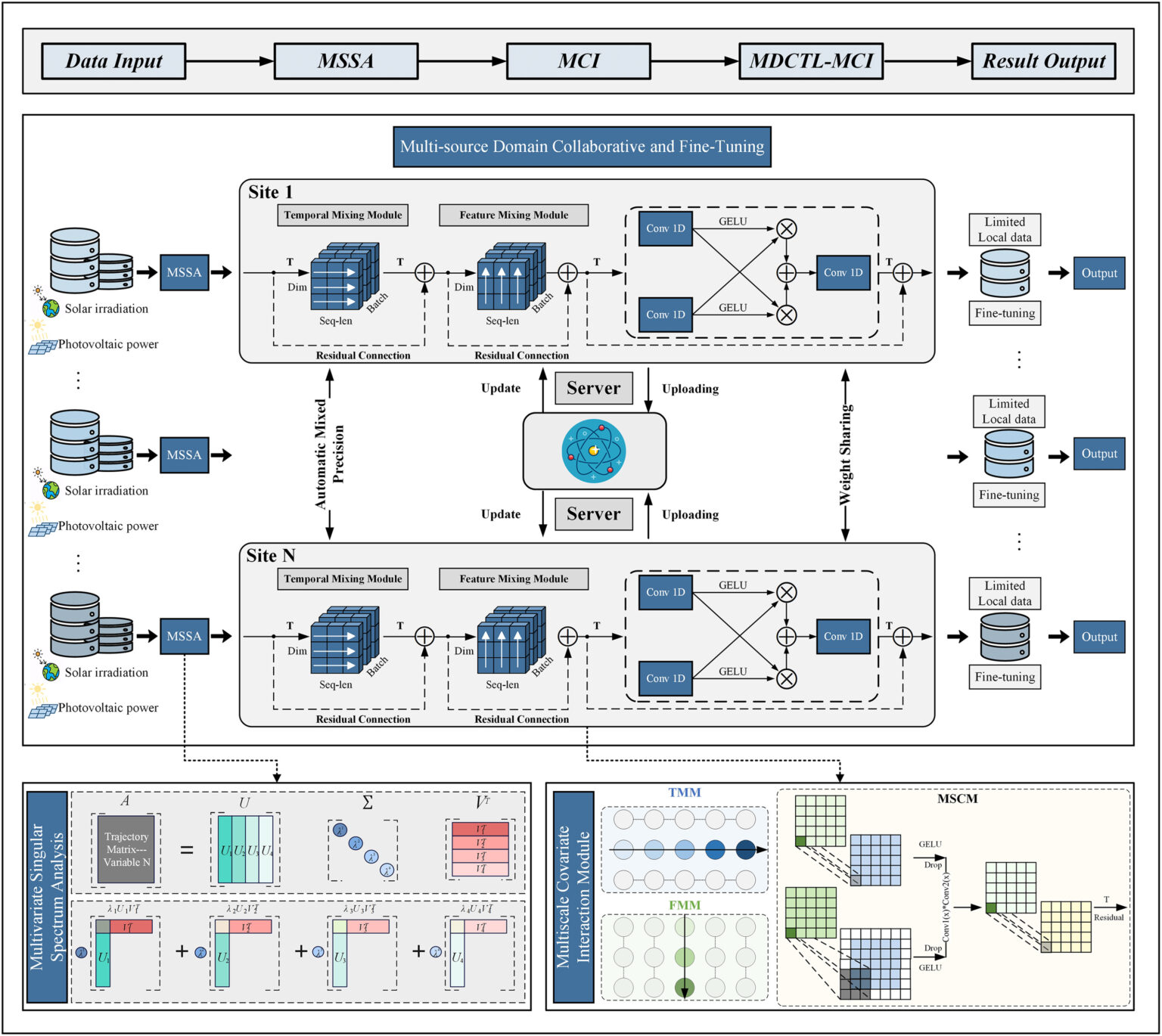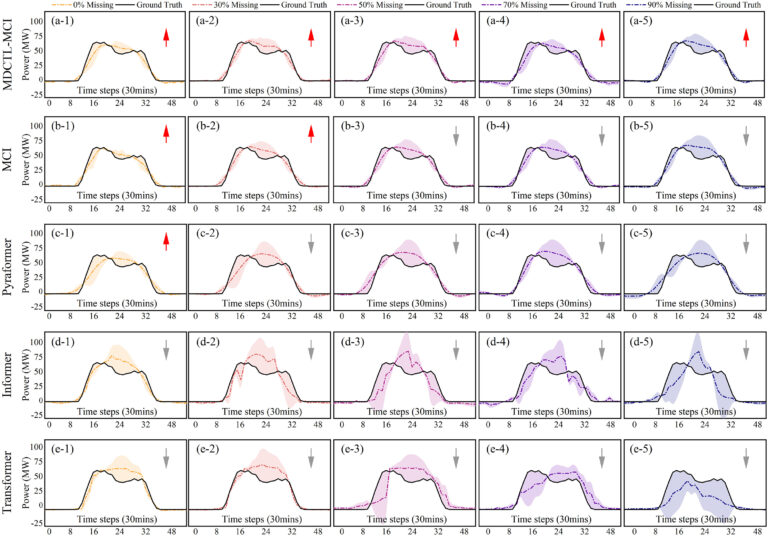Chinese scientists have recently developed a novel photovoltaic (PV) power forecasting technique that effectively addresses the industry-wide challenge of severe data missingness in solar power plants. The "multi-domain collaborative transfer learning–multiscale covariate interaction" (MDCTL-MCI) method, pioneered by a research team led by Hunan University, maintains accurate power output predictions even in the presence of substantial missing data.

This approach innovatively integrates four key technical modules. It first applies Multivariate Singular Spectrum Analysis (MSSA) for data denoising and feature enhancement. Subsequently, a lightweight Multi-scale Covariate Interaction model mines deep temporal relationships among variables. Furthermore, Multi-Domain Collaborative Transfer Learning technology enhances model robustness by leveraging data from multiple PV plants. Finally, SHapley Additive exPlanations (SHAP) analysis is introduced to identify key influencing factors.
The research team utilized a full year of operational data from four PV plants in Northern, Central, and Northwestern China. Recorded at 30-minute intervals and with capacities ranging from 30MW to 130MW, the dataset exhibited missing rates for key covariates like solar irradiance and meteorological data of up to 80%. In comparative experiments against nine state-of-the-art forecasting models, including Pyraformer and Transformer, the MDCTL-MCI method improved forecasting accuracy by 10.5% under complete data conditions and significantly by 15.3% across various missing data scenarios.

This research, published in Applied Energy, breaks the traditional model's dependency on data completeness and provides an effective solution for the widespread issue of poor data quality in practical applications. The technology not only lays a solid foundation for deploying PV systems in complex environments but also offers significant support for advancing PV technology.